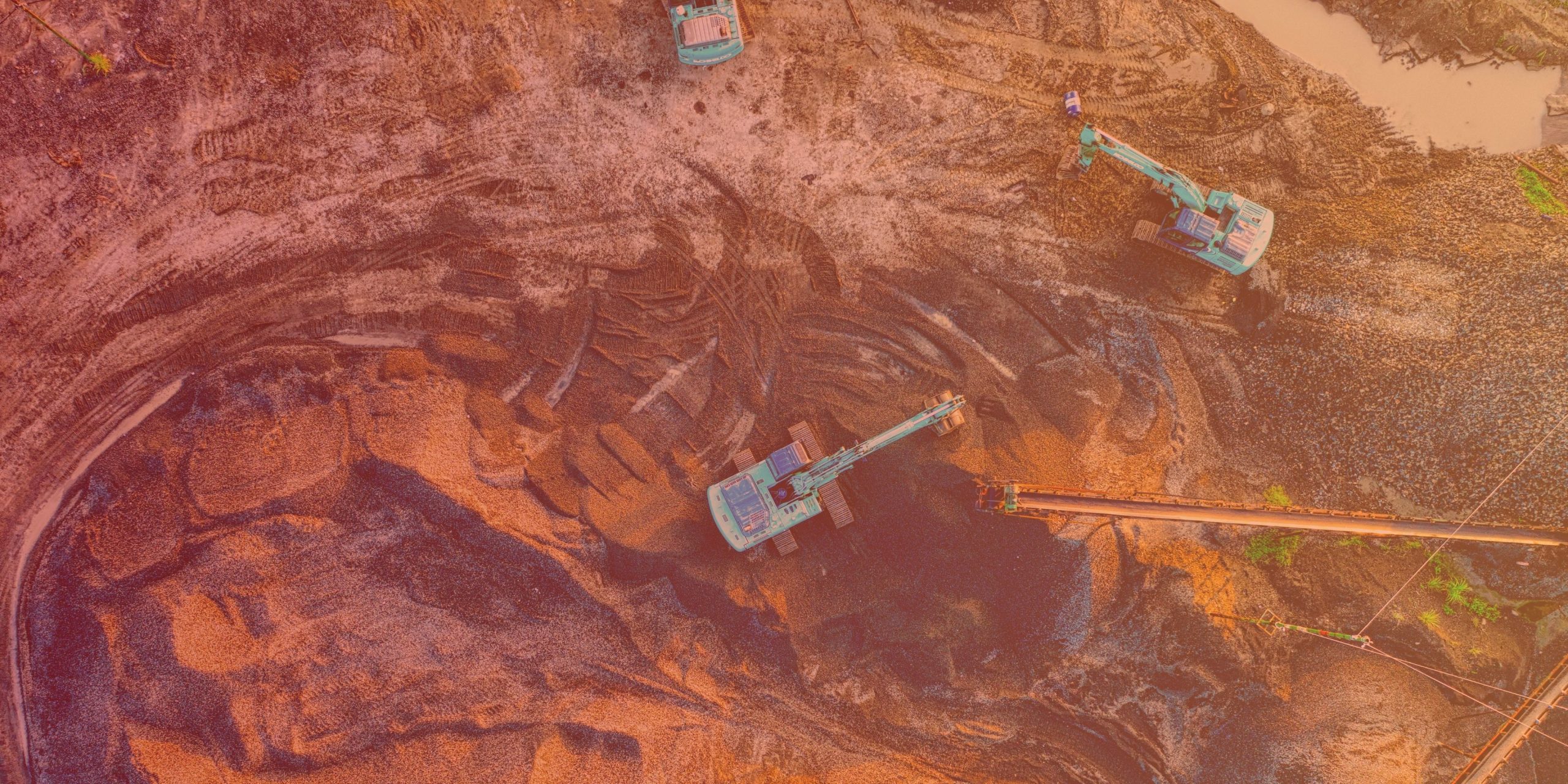The pandemic has led to a global shift towards remote working and the use of cloud-based technology to lead, manage and train teams. This also has implications for mining teams that have responded to significant events, with bad practices and inadequate systems brutally exposed due to skill fade. We learn about the successful organisations that have adopted and proven technology-based business resilience programs, and examine why the right leadership is vital for this.
Video calls have become commonplace for leading and training teams during the pandemic. Credit: vm on Getty Images.
Two years of the pandemic have thoroughly tested the strength of business resilience programs, with mining leaders adapting to digital platforms for communications, management, and training of teams.
Businesses that have experienced the least disruption have been those with effective digital resilience and remote work capabilities, possessing the required flexibility to shift operations online. According to Lucas Saunders, Dynamiq’s Head of Advisory, simplicity is crucial for successful digital resilience programs.
“It needs to be intuitive; it needs to guide people through the process,” says Saunders. “If it’s complex, people aren’t going to use it effectively under pressure. It’s as simple as that.”
Dynamiq’s digital resilience platform emqnet has been helping businesses effectively manage incidents remotely, including the management of Covid-19 related issues throughout the pandemic. emqnet users have recorded significantly lower impacts and levels of disruption since March 2020 than businesses still using paper-based resilience programs. Remarkably, emqnet did not receive any specific updates to cope with the increased demands caused by Covid-19 restrictions.
“The fact that we didn’t have to change it means that the platform is flexible enough, regardless of the incident, complexity and duration,” adds Jarrod Wilson, Dynamiq CEO.
EMQnet supports the establishment of a common operating picture, with immediate data sharing across geographic areas. Notifications are personalised and targeted for the exact personnel who need them. Tasks can be allocated and tracked accordingly, with clear records of all formal interactions between stakeholders in one place.
Progress can be monitored in real-time in the platform’s reporting function. Data gathered ensures lessons are learned from events, enabling continuous improvement and capability development. Members can develop and share plans through what are effectively virtual whiteboards, with the option to bring authorised external experts on board for specific duties. Yet a successful resilience program all starts with the right leadership.
The importance of leadership in business resilience
When teams activate in response to an incident, leaders need to set clearly defined objectives and team operating practices. They need to remain visible, be collaborative when required, and make effective decisions based on advice from subject matter experts. They must control the pace and cadence of the team to achieve agreed objectives and minimise any impacts on their organisation.
Whilst team leaders are the final decision-makers and decide on the response pathways to be taken, they need to do so based on solid guidance and advice from their team.
“If they sit at the top and just drive ahead without listening to their people, they’re going to lose their support and the people won’t want to work for them,” argues Saunders.
Adhering to a clear set of values and the desired end state will define how the culture is nurtured. In an autocratic organisation, the fear of making a mistake can lead to nervousness within the team to make decisions and result in slow response planning and execution. This is less than ideal when time is of the essence.
“The leaders of an organisation need to identify the risks. They need to identify that the company may face issues that impact its ability to continue with business as usual and they need to mitigate the impact those risks may cause by having a strong and regularly practiced resilience program,” says Saunders.
Regular training and constructive feedback help build confidence within teams. And the best leaders recognise that there are always areas for improvement and strengths to exploit.
“When we do leadership training, it’s important to identify and acknowledge that you don’t know everything. The key to business resilience is to surround yourself with subject matter experts that can inform and advise you,” explains Saunders.
Furthermore, a digital resilience platform ensures more effective management of staff and deployment of resources. In a crisis, personnel who have been working for long periods can be rotated for a break after a certain number of hours to avoid fatigue affecting performance and leading to bad decisions.
“Being able to manage your resources helps to avoid fatigue or burnout,” adds Wilson.
How training builds operational continuity at mines
In an effective resilience program, defined duty cards outline team members’ roles and responsibilities. Everyone should know their duties and be prepared for any extra responsibilities they may take on in a crisis. This allows for considerations to be identified and enables the team leader to effectively manage the outcomes of the incident by activating their teams to suit the situation. Duty cards facilitate the teams’ ‘swim lanes’ to ensure that management is streamlined and roles are clearly defined.
In a crisis, familiarity with processes and procedures can be the difference between success and failure in managing the response. Regular training and exercises can identify issues without the pressure of a real-world situation, allowing the team to fix those issues. Exposing team members to alternate roles during the training and exercises assists in building redundancy.
Training allows workers to build a rhythm within their response. The more often personnel use the digital platforms in exercises, the more effective they will be when responding to a real-life crisis event.
Even if experienced staff leave and replacements join, making the operations history accessible to those who need it is effective in getting new members of staff up to speed by reading what has happened in past events.
“The more exposure to the resilience decision support tools, the better off they’ll be and the more likely they will use it under pressure because they trust it,” says Saunders.
The EMQnet platform can provide training with levels of pressure that build to a full-scale event in real-time, simulating a crisis at their mining operations.
And while there are routine updates to EMQnet, there has been a conscious decision to keep the user interface and layout the same for its 15 years of operations. This is in contrast to the redesigns every few years for desktop suites from the big software companies, which can confuse users. During a crisis, this wastes valuable time when every second counts.
“That continuity of features and the approach is really important so that you don’t have issues with the training deficit,” says Wilson. “If you were constantly changing the UI and moving buttons around and transforming the UI all the time, you’d lose that investment in the training.”



